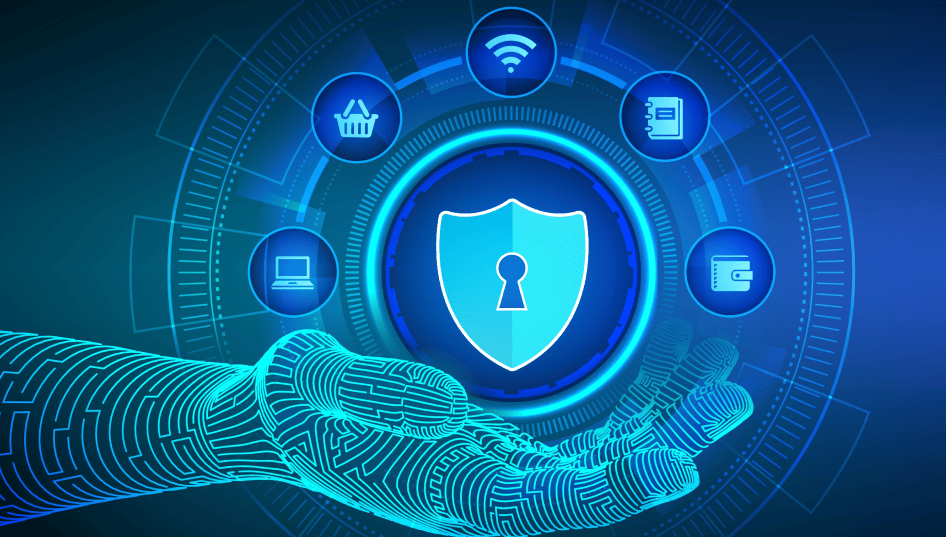GRC Security in the SAP World: Challenges and Trends
GRC Security in the SAP World: Navigating Modern Challenges and Trends
In the digital economy, the SAP landscape is no longer a static back-office system. It’s a dynamic, interconnected core of enterprise resource planning (ERP), often extending into the cloud, integrating with countless applications, and processing immense volumes of sensitive data. This evolution has made Governance, Risk, and Compliance (GRC) more critical—and more complex—than ever before.
While SAP GRC solutions provide powerful tools for access control, process monitoring, and risk management, the environment they operate within is constantly shifting. Organizations face a new set of challenges and must adapt to emerging trends to maintain a robust security posture.
The Persistent Challenges: Why SAP Security Remains a Battle
1. The Expanding Attack Surface
The modern SAP environment is a hybrid ecosystem. It’s no longer just ECC on-premise. It includes:
-
Cloud Deployments: SAP S/4HANA Cloud, SAP SuccessFactors, SAP Ariba, and others.
-
Hybrid Landscapes: Integrations between on-premise systems and cloud platforms.
-
APIs and Integrations: Connections to third-party applications, IoT platforms, and custom code.
The Challenge: Each new component, cloud service, and API endpoint is a potential vulnerability. Securing this interconnected web is far more complex than protecting a single, isolated system.
2. The Cybersecurity Skills Gap
SAP security is a highly specialized field. Understanding the intricacies of authorization objects, GRC configuration, and the SAP-specific attack vectors requires deep expertise.
The Challenge: There is a significant shortage of skilled professionals who can design, implement, and monitor a mature SAP GRC program. This leaves many organizations vulnerable, as their teams are stretched thin and may lack the specific knowledge to combat sophisticated threats.
3. The Rise of Sophisticated Cyber Threats
SAP systems are high-value targets for cybercriminals and state-sponsored actors. Threats have moved beyond simple password guessing to advanced, persistent attacks:
-
SAP-Specific Malware: Trojans like FIN7 have developed malware specifically designed to exploit SAP vulnerabilities.
-
Business Process Compromise (BPC): Attackers don’t just want to steal data; they want to manipulate business processes for financial gain (e.g., altering bank details in vendor master records).
-
Supply Chain Attacks: Targeting weaker links in a supply chain to gain access to a larger organization’s SAP environment.
The Challenge: Traditional security measures are insufficient. Organizations need continuous threat monitoring and analytics designed specifically for SAP business logic.
4. The Complexity of Compliance
Businesses must adhere to a growing number of regulatory frameworks: GDPR, SOX, CCPA, industry-specific standards like HIPAA, and others. Each has its own requirements for data protection, access controls, and audit trails.
The Challenge: Manually mapping SAP controls and user access to each regulation is time-consuming, prone to error, and difficult to demonstrate during an audit.
The Emerging Trends: The Future of SAP GRC Security
To combat these challenges, the industry is shifting towards more intelligent, automated, and proactive strategies.
1. Shift from Periodic to Continuous Controls Monitoring (CCM)
The traditional approach of running compliance checks quarterly or annually is no longer enough. The trend is toward Continuous Controls Monitoring (CCM), where controls are automatically tested in near real-time.
-
How it works: Tools within SAP Process Control can constantly monitor configurations, segregation of duties (SoD) conflicts, and critical transactions, alerting security teams the moment a violation occurs.
-
Benefit: Drastically reduces the window of risk and allows for immediate remediation.
2. The Integration of Artificial Intelligence and Machine Learning
AI and ML are becoming force multipliers in GRC security:
-
User Behavior Analytics (UBA): ML algorithms learn normal user behavior patterns (e.g., when a user typically logs in, what transactions they run) and flag significant anomalies that could indicate a compromised account.
-
Intelligent SoD Analysis: AI can go beyond static rules to analyze the context and intent behind access combinations, identifying risky permissions that might not be caught by a standard rule set.
-
Automated Risk Remediation: Suggesting and even automating remediation actions, like revoking temporary access that is no longer needed.
3. Identity and Access Governance as a Core Strategy
The focus is moving from simply managing access to governing identities. This involves:
-
Centralized Identity Management: Using tools like SAP Cloud Identity Access Governance (IAG) to have a single view of user access across both on-premise and cloud SAP systems.
-
Business-Driven Access Requests: Integrating access requests directly into business workflows (e.g., a hiring manager requests standard access for a new employee based on their job role), making the process more intuitive and compliant by design.
-
Automated User Lifecycle Management: Automatically provisioning and de-provisioning access based on HR events (e.g., a hire, transfer, or termination).
4. Focus on Application Security
There is a growing recognition that authorizations alone are not enough. Organizations are now prioritizing:
-
Secure Code Practices: Scanning custom ABAP code for vulnerabilities (e.g., using the Code Vulnerability Analysis tool in SAP).
-
Hardening SAP Systems: Ensuring systems are configured securely from the outset, following guidelines from the SAP Security Baseline Template and the SAP EarlyWatch Alert service.
Conclusion: A Proactive and Integrated Approach is Key
The era of treating SAP GRC as a periodic, audit-driven exercise is over. The modern threat landscape demands a proactive, continuous, and intelligent approach.
The future of SAP GRC security lies in:
-
Automation to reduce manual effort and human error.
-
Integration to provide a unified view of risk across a hybrid landscape.
-
Intelligence to predict and prevent threats before they cause damage.
By embracing these trends, organizations can transform their GRC programs from a defensive cost center into a strategic enabler that protects the heart of their business operations and fosters trust.

